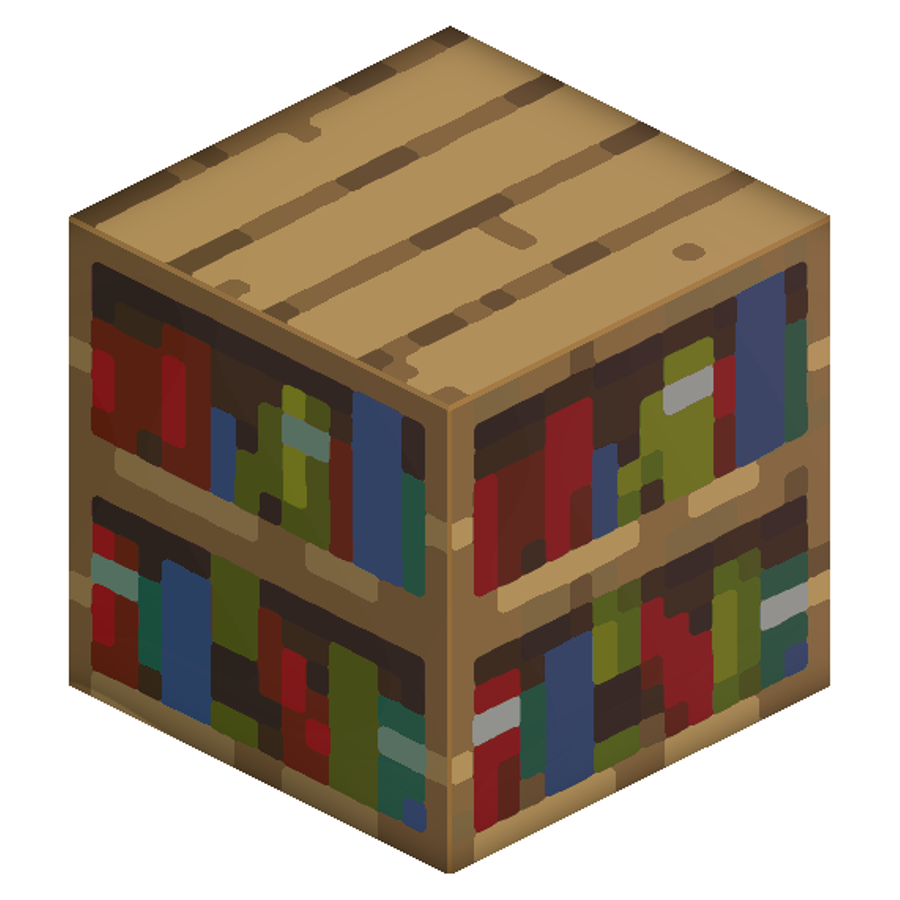🔦 Raycast#
#bs.raycast:help
Cast rays and see if they collide with blocks or entities.
Note
Unlike traditional raycasts, this module uses a voxel traversal algorithm which is a lot more precise. Also, thanks to the bs.hitbox module, it supports all of the different hitboxes, including both blocks & entities.
“Reality only reveals itself when it is illuminated by a ray of poetry.”
—Georges Braque
🔧 Functions#
You can find below all functions available in this module.
Run the raycast#
- #bs.raycast:run
Cast a ray from the execution position and check if it hits something.
- Inputs:
Execution
at <entity>orpositioned <x> <y> <z> rotated <rot>: Origin of the ray.Macro Var
with[compound]:blocks[bool]Whether the ray should stop on blocks (default: true).
entities[bool|string]Whether the ray should stop on entities (default: false). Can also be a tag that entities must have.
max_distance[number]Maximum ray travel distance (default: 16.0).
ignored_blocks[string]Blocks to ignore (default:
#bs.hitbox:intangible).ignored_entities[string]Entities to ignore (default:
#bs.hitbox:intangible).- Outputs:
Return: Whether the ray collides with a hitbox or not (1 or 0).
Storage
bs:out raycast:distance[double]The distance from the ray’s origin to the impact point.
hit_point[array]The coordintates of the impact point.
hit_normal[array]The normal of the surface the ray hit.
targeted_block[array]The coordinates of the block that was hit.
targeted_entity[array]The UUID array of the entity that was hit.
Cast a ray from your eyes and see, if it stopped, where it stopped:
# Once (return 0 if no collision occured)
execute anchored eyes positioned ^ ^ ^ run function #bs.raycast:run {with:{}}
# If a collision occured, see the collision point
data get storage bs:out raycast.hit_point
Credits: Aksiome
💬 Did it help you?
Feel free to leave your questions and feedbacks below!
